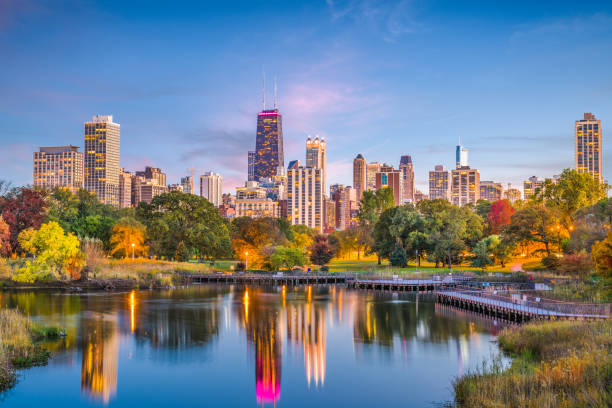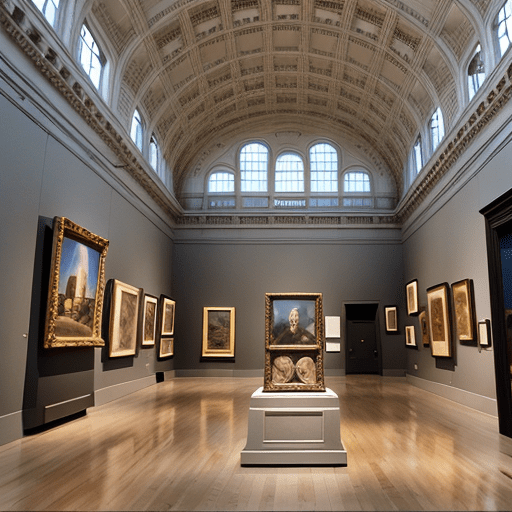10 Milestones That Defined Chicago’s Evolution
Chicago, the Windy City, has a rich history filled with pivotal moments that have shaped its character and skyline. From its early beginnings as a trading post to becoming a bustling metropolis, Chicago’s journey is as dynamic as the city itself. Let’s explore the 10 milestones that have defined Chicago’s evolution. 🌆
Table of Contents
1. The Founding of Chicago
2. The Great Chicago Fire of 1871 🔥
3. The World’s Columbian Exposition of 1893 🎡
4. The Birth of the Skyscraper 🌇
5. The Stockyards and Meatpacking Industry
6. The Rise of the Chicago L 🚉
7. The Prohibition Era and Al Capone
8. The Birth of the Blues 🎵
9. The Civil Rights Movement
10. Modern Chicago: A Hub of Innovation and Diversity
The Founding of Chicago
Chicago’s story began in the late 18th century when Jean Baptiste Point du Sable, a Haitian of African and French descent, established the first settlement at the mouth of the Chicago River. His trading post laid the foundation for a city destined to become a major hub of commerce and culture.
The Great Chicago Fire of 1871 🔥
In October 1871, a devastating fire swept through the city, destroying over three square miles and leaving a significant portion of the population homeless. Despite the destruction, the fire led to a remarkable period of rebuilding and growth, turning Chicago into a center of architectural innovation.
The World’s Columbian Exposition of 1893 🎡
Known as the “White City,” the World’s Columbian Exposition of 1893 put Chicago on the world stage. This event celebrated the 400th anniversary of Christopher Columbus’s arrival in the New World and showcased Chicago’s recovery and progress after the fire.
The Birth of the Skyscraper 🌇
Chicago is often credited as the birthplace of the skyscraper. The construction of the Home Insurance Building in 1885 marked the beginning of Chicago’s vertical expansion, setting the stage for its iconic skyline and architectural feats.
The Stockyards and Meatpacking Industry
In the late 19th and early 20th centuries, Chicago became synonymous with the meatpacking industry. The Union Stock Yards, once the world’s largest, played a central role in the city’s economy and influenced Upton Sinclair’s famous novel “The Jungle.”
The Rise of the Chicago L 🚉
The Chicago ‘L’, short for “elevated,” has been a vital part of the city’s public transportation system since its inception in 1892. This network of trains connects diverse neighborhoods, reflects the city’s growth, and remains a symbol of Chicago’s commitment to mobility and accessibility.
The Prohibition Era and Al Capone
The Prohibition era of the 1920s turned Chicago into a notorious hub for gangsters, with Al Capone at the forefront. The city’s speakeasies and underground activities during this time have become legendary, contributing to Chicago’s colorful history.
The Birth of the Blues 🎵
Chicago played a crucial role in popularizing the blues, a genre that emerged from the African American experience in the Deep South. Artists like Muddy Waters and Howlin’ Wolf brought their talents to the city, influencing music worldwide and cementing Chicago’s place in musical history.
The Civil Rights Movement
During the 1960s, Chicago was a significant battleground for the Civil Rights Movement. Leaders like Dr. Martin Luther King Jr. advocated for desegregation and equal rights, leading to important changes in social policies and community structures.
Modern Chicago: A Hub of Innovation and Diversity
Today, Chicago stands as a beacon of innovation and diversity. With its thriving tech scene, vibrant neighborhoods, and a rich tapestry of cultures, the city continues to evolve while honoring its past. From the bustling Loop to the serene lakefront, Chicago remains a city of endless possibilities.
Conclusion
Chicago’s evolution is a testament to resilience, innovation, and diversity. Each milestone has contributed to the city’s unique identity, making it a fascinating place to explore and admire. Whether you’re a resident or a visitor, Chicago’s history offers endless stories and experiences to discover.
FAQ
1. What was the impact of the Great Chicago Fire?
The Great Chicago Fire led to a massive rebuilding effort that transformed the city’s architecture and infrastructure, eventually making Chicago a leader in architectural design.
2. Why is Chicago known as the birthplace of the skyscraper?
Chicago is credited with building the first skyscraper, the Home Insurance Building, in 1885, which paved the way for modern vertical architecture.
3. How did the World’s Columbian Exposition impact Chicago?
The exposition showcased Chicago’s recovery post-fire and established it as a cultural and industrial powerhouse on the global stage.
4. What role did Chicago play in the Civil Rights Movement?
Chicago was a key location for civil rights activism, hosting significant demonstrations and campaigns for equality and desegregation.
5. How has modern Chicago continued to evolve?
Modern Chicago thrives as a center for innovation, technology, and cultural diversity, maintaining its historical roots while embracing new growth and development.

